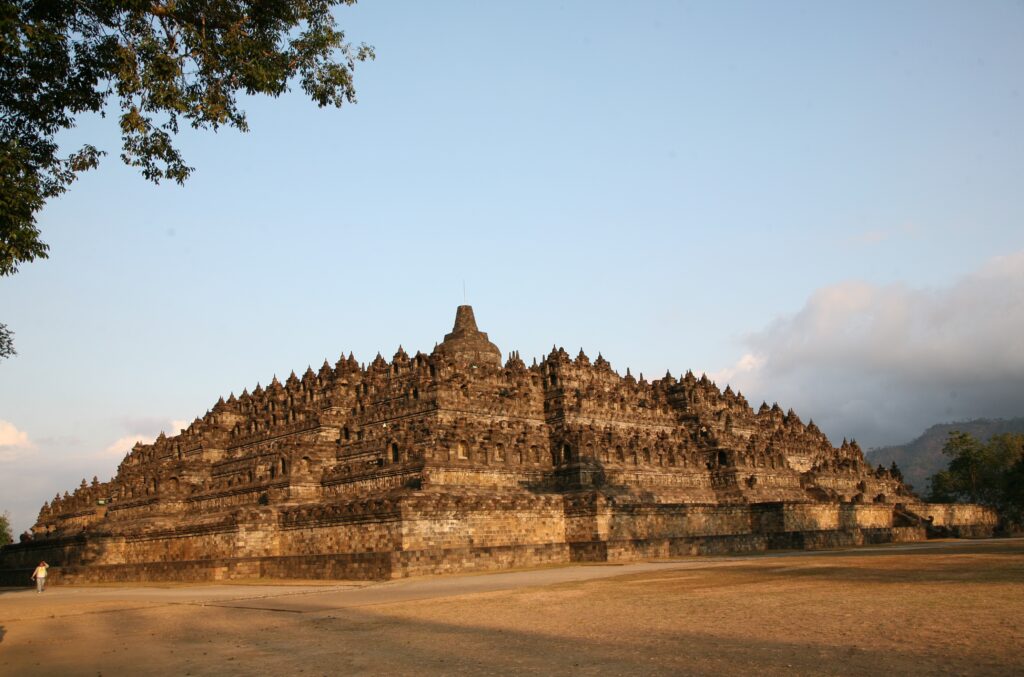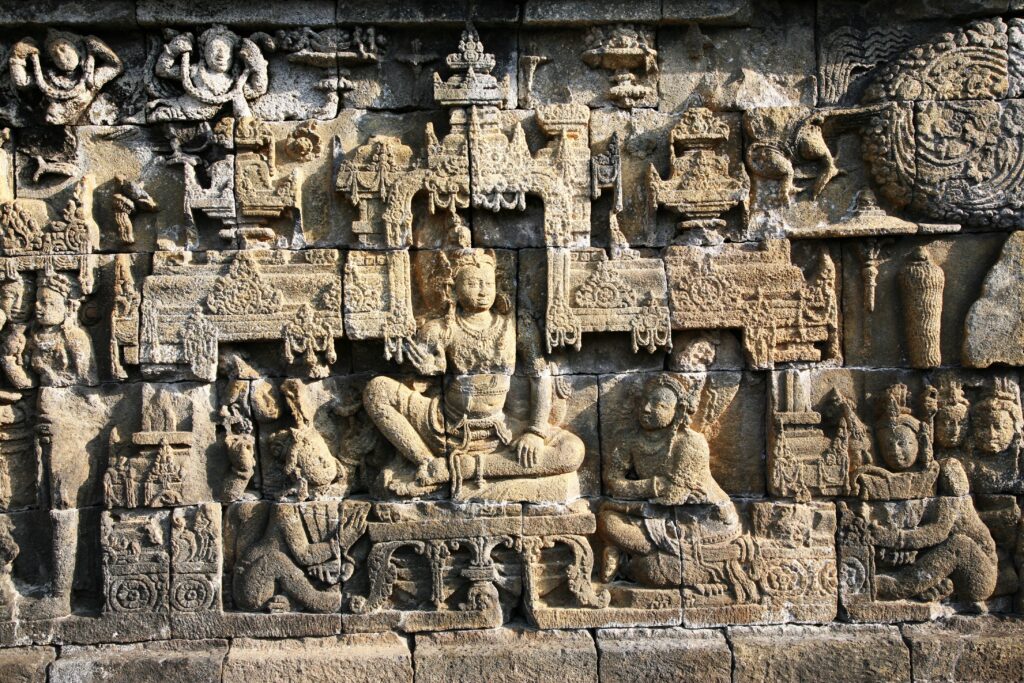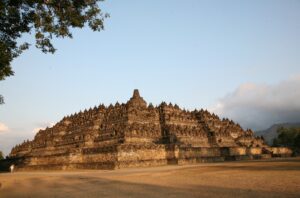Incubation
"Buddhist Art of Borobudur Relief in Indonesia"
R5-6 1-6 (R5 AY2023)
| Project Leader | Ito Naoko (Hiroshima University) |
| Collaborators | Nemoto Hiroshi (Hiroshima University) Niken Wirasanti (Gadjah Mada University, Faculty of Cultural Sciences) Inajati Adrijanti (Gadjah Mada University, Faculty of Cultural Sciences) Akbar Rizqi Dhea Habibi (Gadjah Mada University, Faculty of Cultural Sciences) Kobayashi Satoru (Kyoto University, Center for Southeast Asian Studies) |
| Research Project | Buddhist Art of Borobudur Relief in Indonesia |
| Countries of Study | Indonesia |
Outline of Research
This project aims to present a new understanding of the Borobudur Monument in Central Indonesia. It focuses on the main walls of the second to fourth galleries (27, 88, and 72 panels) of the Borobudur site, which was built in the 8th to 9th century, and attempts to classify and analyze them from the four perspectives of (1) statues, (2) dress, (3) decoration, and (4) overall background. The first objective s to systematize the images found in the relief sculptures. Next, we will attempt to clarify the Buddhist significance of the site by comparing it with the sutras.
Purpose of Research, Its Significance and Expected Results, etc
The purpose of this research is to clarify the Buddhist character of the temple by examining the details of the 187 reliefs represented on the main walls of the second to fourth galleries of Borobudur. Although the previous study, “Barabudur” by N.J. Krom in 1927, is known as a major work that explains each scene, but there has been no comprehensive study specific to Buddhism, especially Tantric Buddhism, until now. In this study, we will clarify the reliefs’ images and examine the influence of Buddhism and Tantric Buddhism by comparing them with Buddhist scriptures. We will also attempt to systematize this form of relief. The expected effect is the possibility of deriving the type of Buddhism and Tantric Buddhism practiced at this temple. The systematization of iconography and ornaments can be used as an object of comparison in the same region and other regions from the 8th to the 9th century.
Previous studies have pointed out that the reliefs include images of the eight great bodhisattvas of Tantric Buddhism, Manjsri and Maitreya, and that the content of the reliefs includes Gandavyuha and Bhadracarya. We would like to reconsider this.
There are few traces of Tantric Buddhism in India at present, and it is important to elucidate the art and religious history of Indonesia, where Tantric Buddhism was introduced earlier than in other Southeast Asian countries, to understand Indian Buddhism and Tantric Buddhism. The results of this research are not limited to a single temple in Indonesia but are expected to enable comparative studies of Tantric Buddhism in India, where it originated, and in China and Japan, where it spread.




